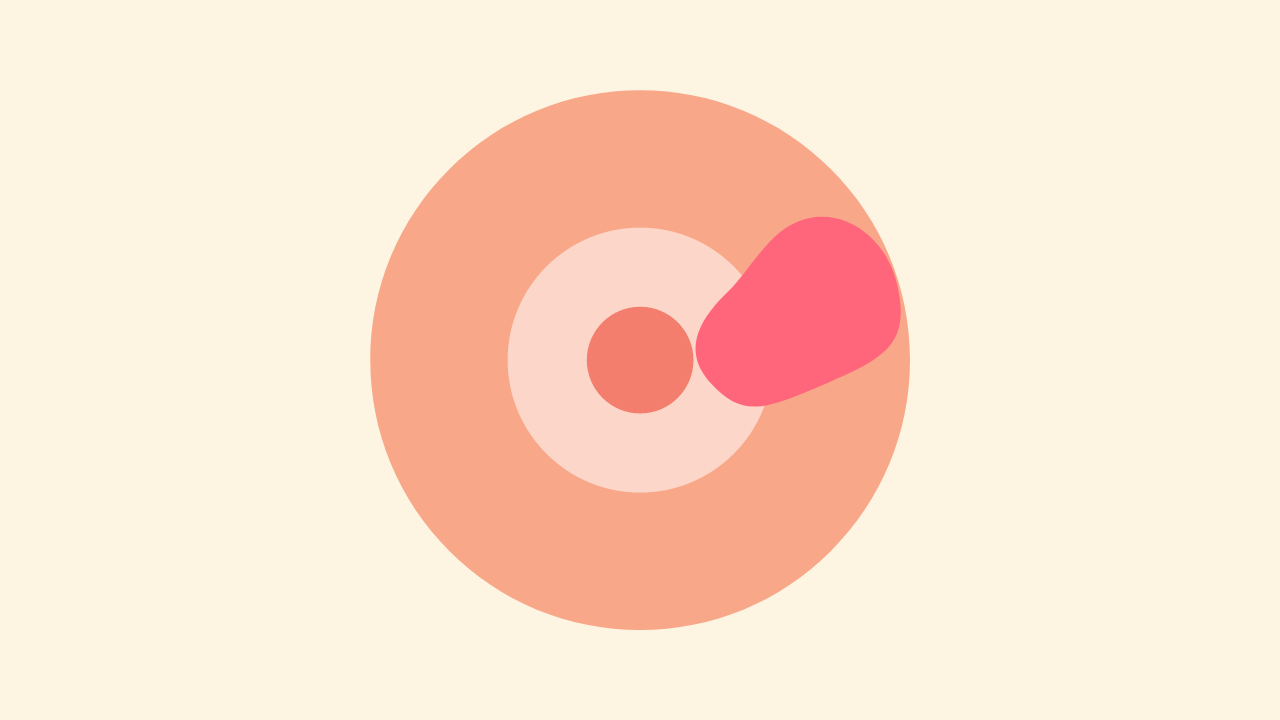Managing Mastitis: A Comprehensive Guide by Dr. Reena Murray
Sep 08, 2023
Mastitis: Understanding and Effectively Managing It
Mastitis, a condition characterized by inflammation of the breast tissues, is a common challenge faced by breastfeeding mothers. Shockingly, up to 30% of lactating mothers experience early signs and symptoms of mastitis, yet it often goes unnoticed, misdiagnosed, or improperly managed. This lack of recognition can lead to inappropriate advice and a higher risk of early weaning within the first three months postpartum.
Traditionally, mastitis has been viewed as a singular breast pathology, with the conventional advice being to "apply heat, rest, and empty the breast." However, recent findings from the American Academy of Breastfeeding Medicine in 2022 have revealed that mastitis encompasses a spectrum of conditions, each contributing to breast tissue inflammation and swelling. It is important to reconsider the traditional approach, as heat and excessive emptying of the breast may actually exacerbate tissue inflammation, leading to increased blood flow and milk production in already inflamed breast tissues.
The Mastitis Spectrum: Understanding the Factors
Several factors contribute to the development of mastitis, including:
- Hyperlactation (oversupply)
- Mammary dysbiosis (disruption of the milk microbiome)
- Exposure to antibiotics and probiotic use
- Regular use of breast pumps
- Caesarean births
- Maternal genetics and medical conditions
- Mastitis
- Ductal narrowing
Ductal narrowing can result in localized tissue thickening, tenderness, and congested breast tissue without significant redness or systemic symptoms. Aggressively massaging the breasts to "unclog ducts" can cause further tissue damage and worsen mastitis.
Inflammatory Mastitis occurs when ductal narrowing progresses, leading to increased redness, swelling, and pain. Systemic symptoms such as fever and elevated heart rate may or may not be present. It's essential to note that this systemic inflammatory response syndrome can occur without infection, potentially resulting in unnecessary antibiotic prescriptions.
Bacterial Mastitis, the advanced stage, presents as cellulitis and requires antibiotic or probiotic treatment if fever and an elevated heart rate persist for more than 24 hours. Importantly, it is not caused by candida, poor breast pump hygiene, or retrograde bacteria spread due to nipple trauma. Bacterial mastitis is not contagious, and mothers should continue breastfeeding throughout the condition.
Other Conditions in the Spectrum:
- Phlegmon: Fluid collections can develop due to deep massage, causing increased edema and microvascular injury.
- Abscess: Occurs in a small percentage of women with acute mastitis, progressing from bacterial mastitis or phlegmon, requiring drainage.
- Galactocele and infected galactocele: Ductal narrowing obstructs milk flow, causing milk to collect in a cyst-like cavity.
- Recurrent Mastitis: Repeated breast pain, redness, fever, and swelling.
- Subacute Mastitis: Follows acute bacterial mastitis, characterized by needle-like burning breast pain, nipple blebs, induration, congestion, and oversupply.

Comprehensive Management of Mastitis Spectrum Conditions
Most cases of inflammatory mastitis resolve without antibiotics or interventions. Some discomfort and lumpiness in the lactating breast are normal and do not necessarily indicate a problem. Key strategies for managing mastitis spectrum conditions include:
- On-demand breastfeeding without aiming to empty the breasts.
- Applying ice (frozen peas work well) for comfort, avoiding cabbage leaves.
- Using manual lymphatic drainage techniques and gentle compressions.
- Minimising breast pump use and avoiding nipple shields.
- Wearing a supportive, well-fitted bra.
- Using a cold massage ball (e.g., Lactamo) for gentle breast massage.
- Avoiding breast soaks and topical applications.
- Reducing inflammation and pain with ice, non-steroidal anti-inflammatories (NSAIDs), and analgesia.
- Considering oral sunflower or soy-lecithin to reduce milk viscosity.
- Managing milk blebs under the guidance of an IBCLC or GP.
- Reducing oversupply with the help of a Lactation Consultant (IBLBC).
- Exploring Therapeutic Ultrasound for inflammation reduction (consult a qualified health practitioner such as the Osteopaths at Completely Aligned).
- Reserve antibiotics for bacterial mastitis to avoid disrupting the milk microbiome.
Probiotics, specifically the Limosilactobacillus fermentum or Ligilactobacillus salivarus strains like Qiara, may be beneficial in mastitis prevention and treatment.
Seeking support for perinatal mood and anxiety disorders is crucial if experiencing symptoms. The PND questionnaire can help determine the need for professional assistance.
Therapeutic Ultrasound: Recent studies suggest its effectiveness in treating mastitis spectrum conditions. The method involves specific parameters for frequency, intensity, time, and interval.
Lymphatic Drainage: Reduces swelling and softens fibrotic tissues, promoting lymph fluid movement.
For a visual demonstration of lymphatic drainage, watch Dr. Katrina Mitchell's video
In Summary
Effective mastitis management involves inflammation control, addressing maternal factors, and incorporating gentle lymphatic drainage techniques and Therapeutic Ultrasound. At Completely Aligned, our team of qualified Osteopaths and Lactation Consultants (IBCLCs) is here to provide hands-on treatment, therapeutic ultrasound, exercises, and breastfeeding support. We offer same-day appointments for acute mastitis cases. To book an appointment, please call us at 02 4655 5588, inform our receptionist of your GP referral or mastitis symptoms, and we'll assist you and your baby on your feeding journey.
References:
-
Schwartz, K., D’Arcy, H. J., Gillespie, B., Bobo, J., Longeway, M., & Foxman, B. (2002). Factors associated with weaning in the first 3 months postpartum. Journal of Family Practice, 51(5), 439-444.
-
Scott, J. A., Robertson, M., Fitzpatrick, J., Knight, C., & Mulholland, S. (2008). Occurrence of lactational mastitis and medical management: a prospective cohort study in Glasgow. International breastfeeding journal, 3(1), 1-6.
-
Mitchell, K. B., Johnson, H. M., Rodríguez, J. M., Eglash, A., Scherzinger, C., Zakarija-Grkovic, I., … & Academy of Breastfeeding Medicine. (2022). Academy of Breastfeeding Medicine Clinical Protocol# 36: The Mastitis Spectrum, Revised 2022. Breastfeeding Medicine, 17(5), 360-376.
-
Mitchell, K. (2022). Breastfeeding Massage for Lactation: Tips for Clogged Ducts, Lumps, and Engorgement. Physician Guide to Breastfeeding. https://physicianguidetobreastfeeding.org/mythbusters/breastfeeding-and-massage/
Take a proactive step towards optimal development by scheduling an appointment – online or in-person. Our team are here to guide you through personalised strategies for your child.
Stay connected with news and updates!
Join our mailing list to receive the latest news and updates from our team.
Don't worry, your information will not be shared.
We hate SPAM. We will never sell your information, for any reason.

